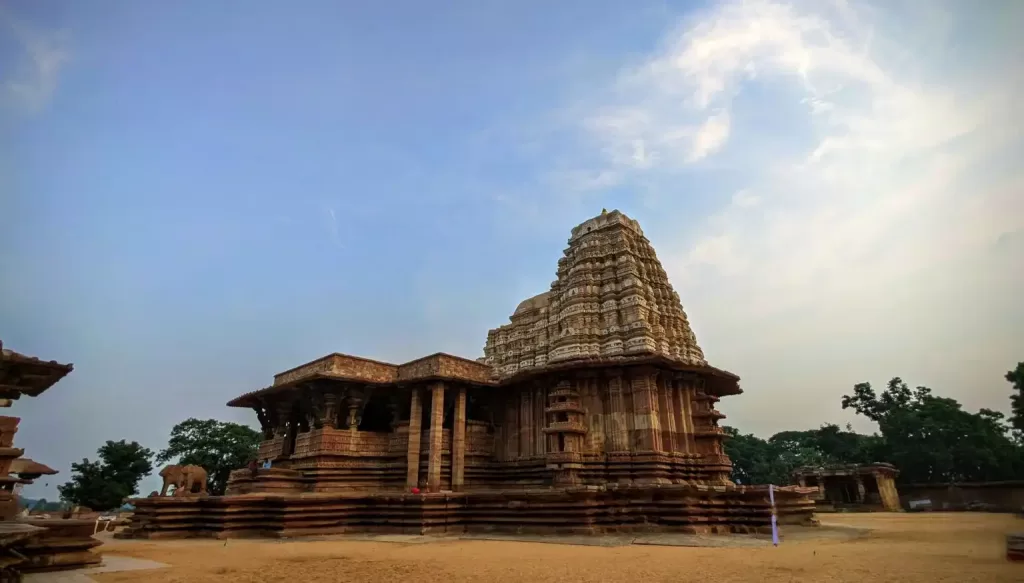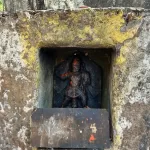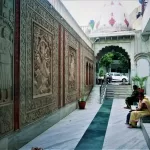The Kakatiya Rudreshwara Temple
Kakatiya Temple: Located in Palampet, Mulugu District, the Kakatiya Temple is among the most important and easily accessible heritage sites near Warangal, Telangana, India.
Renowned for its architectural brilliance, cultural significance, and historical importance, it remains an underrated gem among tourists.
Last year, I had the incredible opportunity to visit this majestic temple as part of the Kakatiya Heritage Trust’s UNESCO World Heritage Volunteers Camp. This experience allowed me to delve deeper into the temple’s unique features and its legacy.
Despite its rich history and remarkable design, the temple is still relatively unknown to many visitors. This article explores the stunning architecture, innovative construction techniques, and artistic marvels that make the Kakatiya Temple a true treasure.
ALSO READ: Brahmapuri: A Pillar of Knowledge in Goa’s Glorious History
The Kakatiya Rudreshwara (Ramappa) Temple in Telangana gained global recognition when it was declared a UNESCO World Heritage Site on July 25, 2021, during the 44th UNESCO meeting. This designation highlights the temple’s immense cultural and historical importance, making it India’s 39th World Heritage Site.
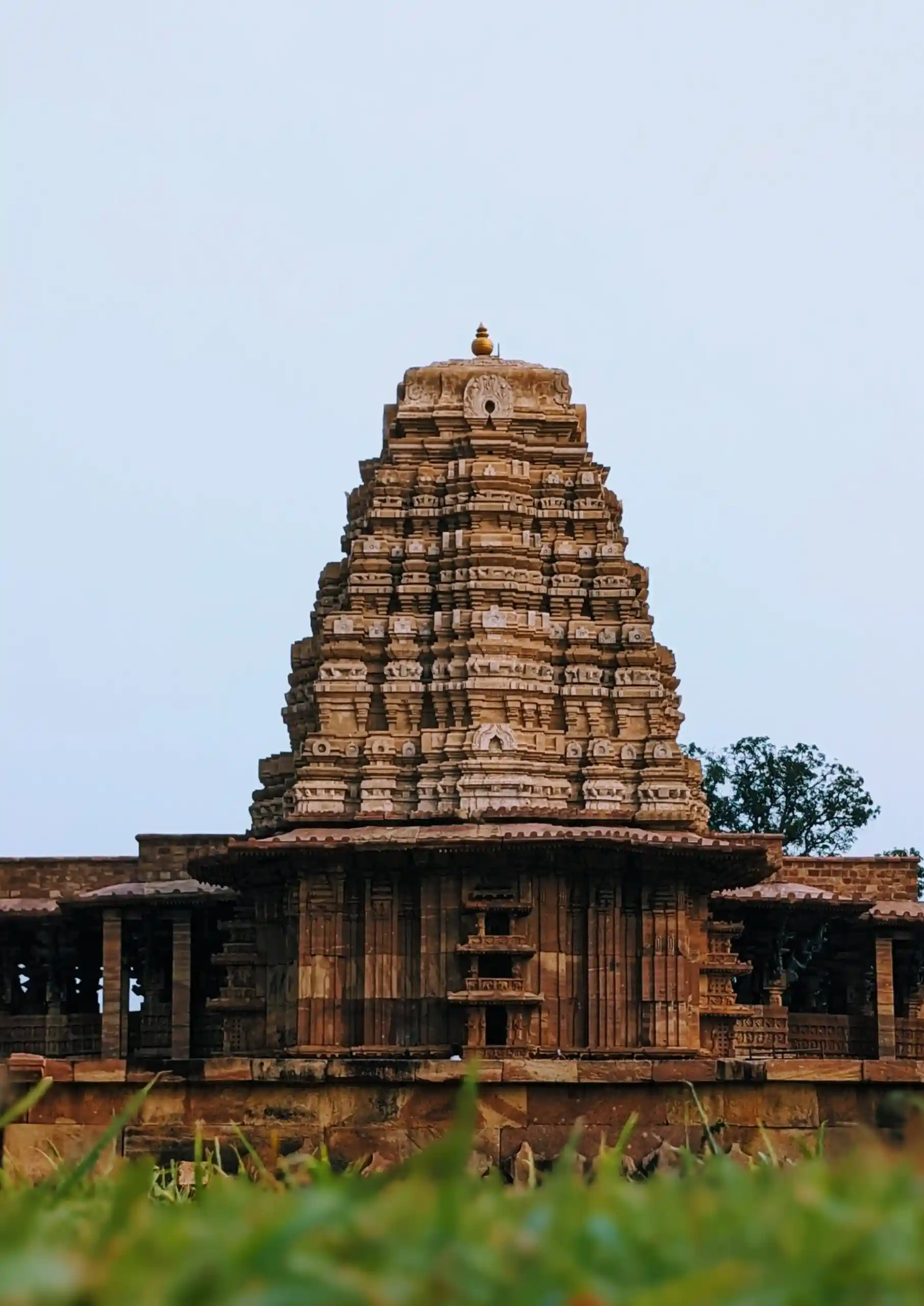
What sets this architectural marvel apart is its star-shaped platform and intricately carved pillars, giving the temple a unique and captivating appearance. This stellate design is also famously seen in the Hoysala temples. A particularly remarkable feature of the temple is the hall, where the carved pillars create fascinating light patterns, adding to its allure and architectural brilliance.
Kakatiya Temple: A Masterpiece of Kakatiya Architecture and Innovation
The Ramappa Temple, also known as the Rudreswara Temple, is a shining example of Kakatiya-style architecture. Dedicated to Sri Rama Lingeshwara, the presiding deity, the temple was constructed in 1213 CE by Recherla Rudra, a commander under Ganapati Deva of the Kakatiya dynasty.
The Ramappa Temple, frequently described as the “brightest star in the galaxy of medieval Deccan temples,” is of profound historical and cultural significance.
It stands on a distinctive star-shaped platform, with a sanctuary preceded by a hall featuring intricately carved pillars. These pillars are ingeniously designed to create a mesmerizing interplay of light and space, showcasing the advanced craftsmanship of the era.
Local folklore credits the temple’s construction to the sculptor Ramappa, though no historical or literary evidence supports this claim. Nonetheless, the temple remains a testament to the artistic and architectural brilliance of the Kakatiya dynasty.
The Ramappa Temple is built in the Vesara architectural style, a unique fusion of the Dravida and Nagara architectural traditions. One of the temple’s most remarkable features is its roof, constructed with lightweight bricks that are so buoyant they can float on water.
According to Dr. Habib Haman, Chief Chemist at the Government Industrial Laboratory in Hyderabad, the manufacturing process for these floating bricks closely resembles samples found in Bidar and Warangal, highlighting the advanced techniques employed during that era. This innovative craftsmanship adds to the temple’s architectural marvel.
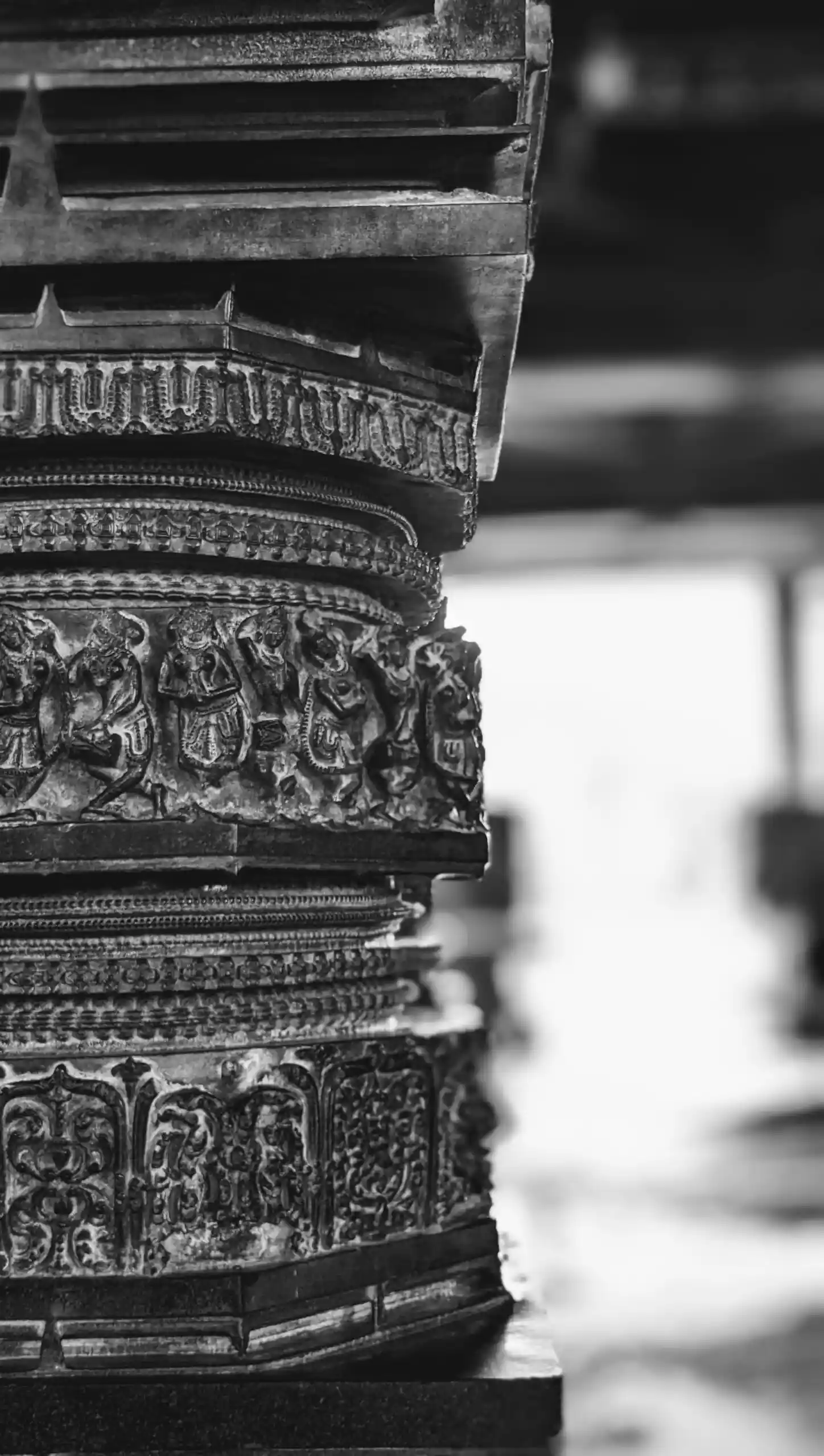
Architectural Brilliance, Cultural Revival, and Engineering Marvels of Kakatiya Temple
The lightweight, floating bricks used in the Ramappa Temple were made spongy by incorporating sawdust into their composition. When compared to their prototypes from Ramappa, the specimens from Bidar demonstrate superior quality, characterized by consistent burning and homogeneous mixing, which enhances their ability to float in water and maintain porosity.
The temple’s primary construction material is red sandstone, while specific features, such as the pillars of the Ranga Mandapa, as well as elements within the Antarala and Garbha Griha, are adorned with dolerite rocks, adding to its aesthetic and structural brilliance.
Flanking the main Ramappa Temple are two smaller Shiva shrines, the Kateshwara and Kameshwara temples. A magnificent Nandi statue, still in excellent condition, sits within the complex, facing the main Shiva shrine.
The temple’s sculptures played a pivotal role in reviving the Perini Sivatandavam (Perini Dance), thanks to the efforts of Nataraja Ramakrishna. These sculptures also depict the intricate dance postures described by Jayapa Senani in his renowned work, Nritta Ratnavali.
Despite enduring wars, natural disasters, and looting over the centuries, the temple has stood resilient, preserving its historical and cultural legacy.
The temple’s pillars are intricately carved, with their placement designed to allow sunlight to highlight their beauty. One of the pillars features an engraving of Lord Krishna and is known to produce melodic sounds when gently struck.
The Ramappa Lake, also called Ramappa Cheruvu, is referenced in the temple’s inscriptions. Spanning approximately 2 kilometers in length and 5 kilometers in width, the lake has a capacity of 3 TMC (thousand million cubic meters) of water. This water is distributed across several mandals to support irrigation, demonstrating the advanced engineering of the Kakatiya era.
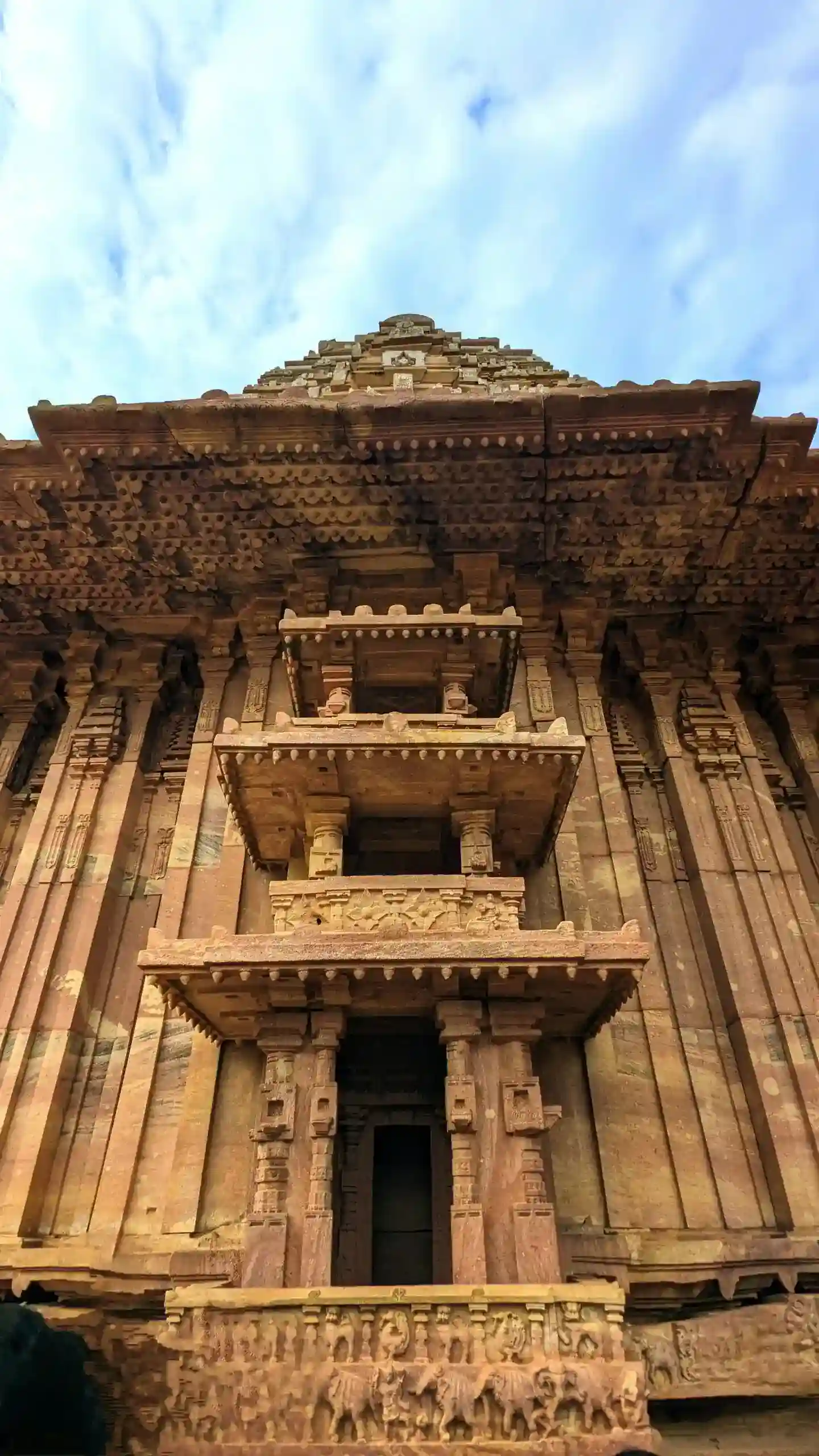
Resilience Through Ingenious Aseismic Design and Earthquake Survival
Legend has it that the Ramappa Temple endured significant damage during a major earthquake in the 17th century but managed to survive due to the innovative “sandbox technique” used in its foundation.
Research led by Dr. Pandu Ranga Rao explored this ingenious construction method. The technique involved filling the foundation pit with a mixture of black myrobalan fruit (Terminalia chebula), jaggery, and sand-lime, which provided resilience and stability to the structure, allowing it to withstand seismic activity.
The sandbox technique used in the temple’s construction acts as a cushion during earthquakes, absorbing shocks and ensuring stability. The floating bricks used in the temple’s gopuram were crafted from a blend of clay, acacia wood, chaff, and myrobalan fruit, making them lightweight and durable.
This aseismic design not only reduced the overall weight of the structure but also significantly extended its lifespan. Despite its resilience, a past earthquake disrupted the foundations of many smaller structures within the complex, leaving most of them in ruins and abandoned. The main entry gate of the temple’s outer wall was also destroyed during this event.
Masterpieces of Kakatiya Temple Art and Craftsmanship
The sculptural decorations of the Ramappa Temple stand out for their shiny, metallic polish, fresh appeal, and remarkable elegance. While the exterior columns feature large brackets made from black basalt, rich in iron, magnesium, and silica, the main structure of the temple is built from reddish sandstone.
These columns showcase the finest examples of Kakatiya art, including elongated figures, alluring postures, and intricate carvings of musicians, female dancers, and mythical creatures. The basalt sculptures of animals and dancers are particularly regarded as masterpieces, highlighting the artistic excellence of the Kakatiya period.
The Ramappa Temple is renowned for its intricate sculptures. Including detailed depictions of human activities, ornate perforated screens on the door jambs. and vibrant portrayals of women in various dancing poses, often referred to as dwarapala. These works showcase the exceptional craftsmanship of the sculptors from that era.
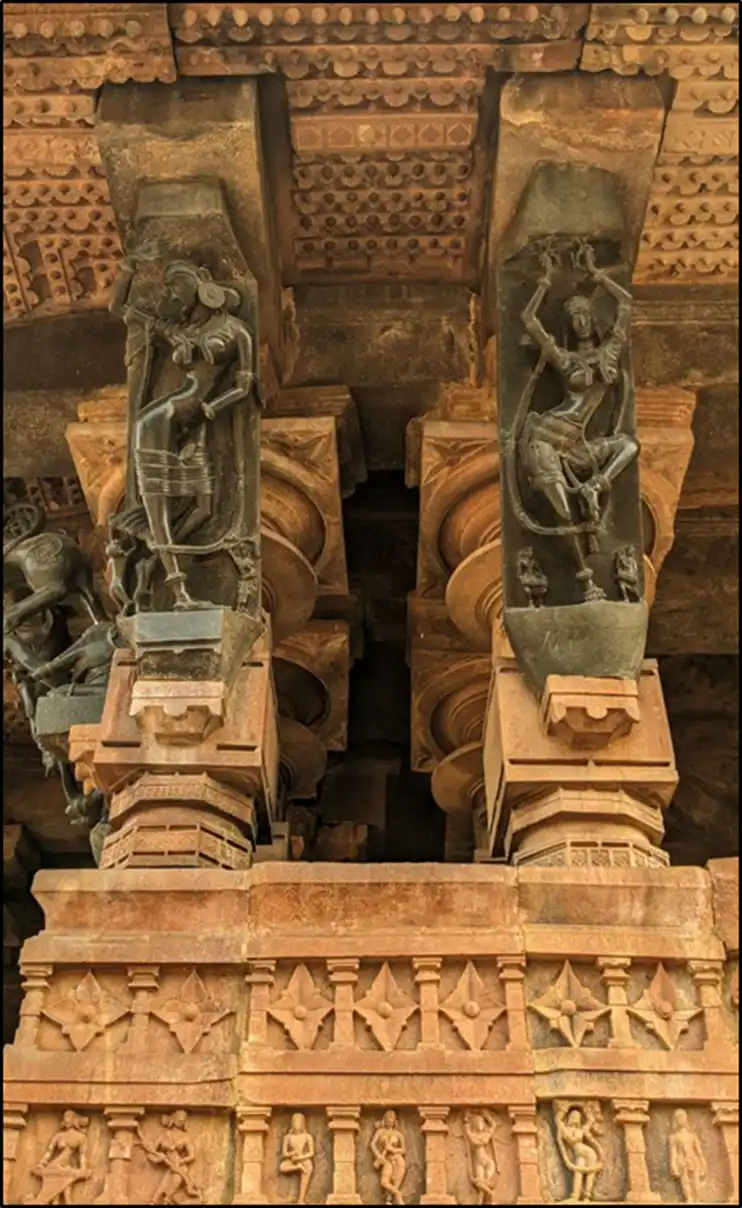
Architectural Elegance of Ramappa Temple
At the entrance to the Antarala, a melodic pillar stands as a striking feature. While the dvarasakhas (gateways) are adorned with Navagraha panels and intricately designed vimanas above the entrance. Inside the Mahamandapa, the pillars divide the ceiling into meticulously carved sections, featuring patterns such as lotus blossoms, mathematical designs, and honeycomb scrolls, further enhancing the temple’s architectural grandeur.
The center pillars and architrave of the temple are adorned with rich. Delicate decorations that resemble intricate gold or silver filigree work, adding to the temple’s grandeur. Personally, I was particularly captivated by the bracket figures. That extend from the shoulders of the outer pillars, supporting heavy slabs. These twelve brackets feature finely detailed, life-size carvings of Mandanikas—female figures—crafted from dolerite rocks. Showcasing the remarkable precision and artistry of the Kakatiya sculptors.
Conclusion
Despite its remarkable historical and architectural value, the Kakatiya Temple remains largely overlooked. To ensure its preservation and enhance its cultural and artistic significance. It is vital to implement both conservation and promotion strategies. From an archaeological perspective, it is crucial to prevent vandalism and restore any damaged statues. Meanwhile, tourism initiatives highlight the need for better marketing and infrastructure to increase awareness and accessibility.
For the temple to thrive and remain a vital part of cultural heritage. It is essential that collaboration between tourists, authorities. And archaeologists takes place, ensuring its continued relevance and protection.
From an archaeological perspective, it is essential to support the Department of Archaeology. By providing training for young professionals in effective restoration techniques. Combining archaeology and tourism offers an opportunity to boost the local economy and support livelihoods.
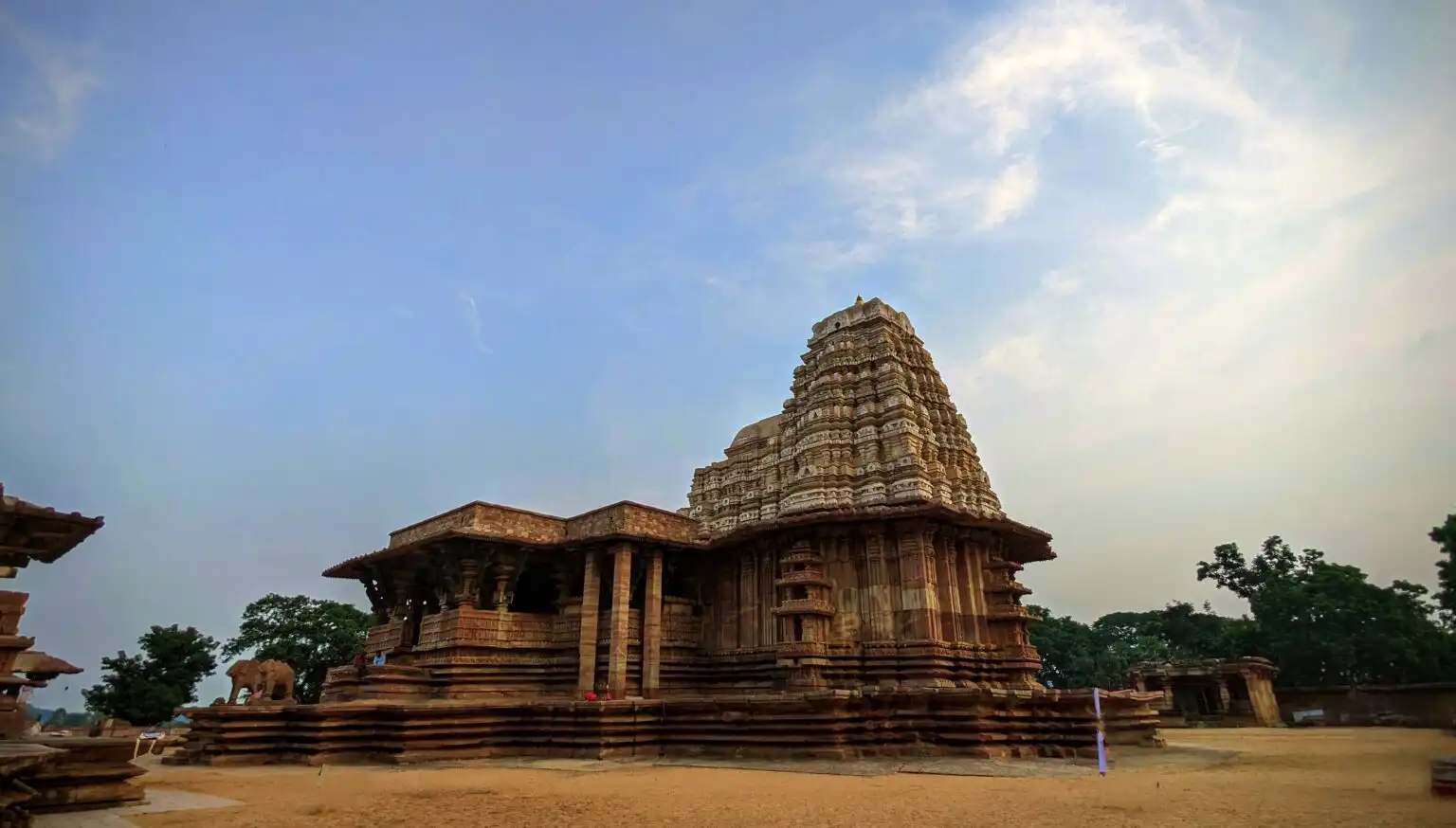
Preserving the Kakatiya Temple
To attract more visitors to the Kakatiya Temple, initiatives such as creating a new museum, organizing light and sound shows. Hosting exhibitions, offering yoga classes, and promoting cultural awareness can be effective strategies. Additionally, integrating historical conservation into civil engineering curricula would help cultivate a deeper understanding of preservation practices among future professionals.
Restoration efforts face significant challenges, including a shortage of skilled professionals. And inadequate government funding, which impact the quality of conservation projects. To effectively preserve iconic sites like the Ramappa Temple. Collaboration between the ASI, conservation experts, government agencies, and the local community is essential.
It is critical for government institutions to undergo reform. And for heritage education to be prioritized in order to foster greater awareness and support for preservation. Additionally, the temple trust should establish a strong social media presence to reach a broader audience in today’s digital age. Where social media plays a key role in increasing visibility.
Given the temple’s vulnerability to both human and natural damage over time. These factors must be taken into account as part of long-term conservation strategies.
